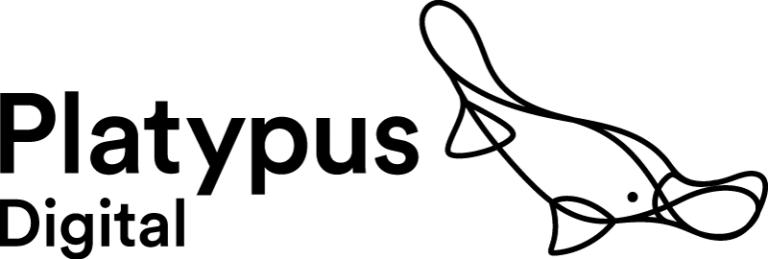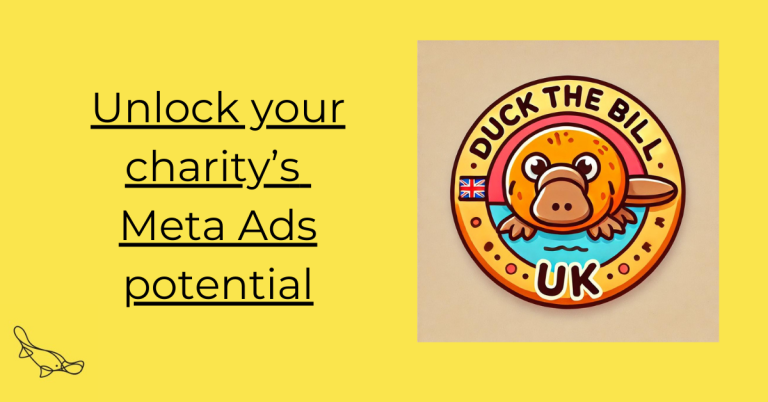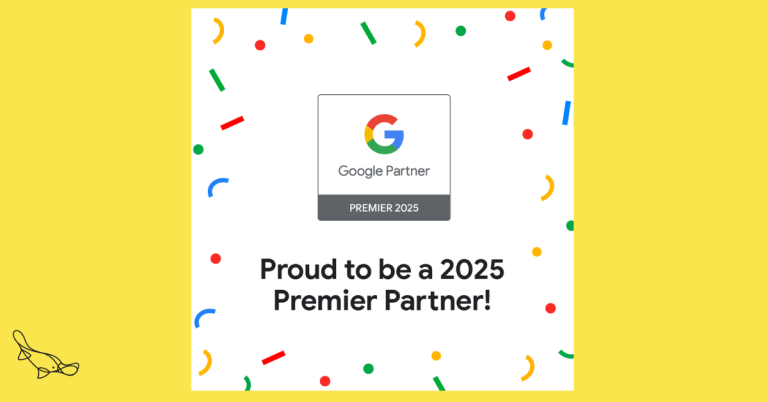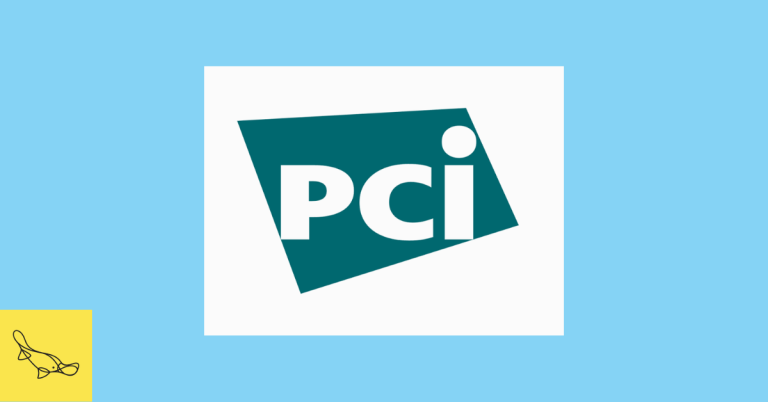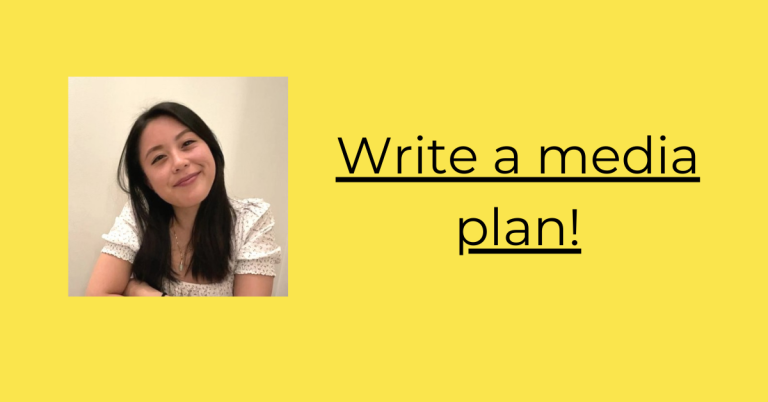Most charities use Instagram and Facebook to fundraise, but few organisations have mastered both platforms.
No matter where you are in your Meta advertising journey, there’s always more you could do to get the most out of your social media spend – so here are a few simple tips to stretch your budget a little further.
Use your data to power success
Meta is a data-rich environment for advertisers, offering a wealth of metrics and filters which allow you to measure the quality and success of ad delivery. If you can’t separate your CTRs from your CPAs, Meta’s free online training can help you as a new advertiser to know what metrics are relevant to your ads and how to understand them.
Maybe you’ve spent a lot of time building a lovely charity website, and now you want to drive traffic, collect leads, or recruit donors from Meta. Meta’s on-platform data is great, but do you have the data to ensure your ads are hitting the spot with those off-platform actions? To connect the two data sources, you need to set up a Meta Pixel (see here to learn how!). This code snippet tells Meta when an event fires on your site, leading to more effective ad optimisation and reporting.
Let’s consider the charity Duck the Bill UK*, who advocate for the care of platypuses across the UK’s rivers and canals. Jonah, their new individual giving executive, is new to Meta ads and has spotted the opportunity to upskill by completing Meta’s 101 Certified Digital Marketing Associate, earning a digital badge and increasing his confidence to start using Meta’s Ads Manager to run fundraising campaigns.
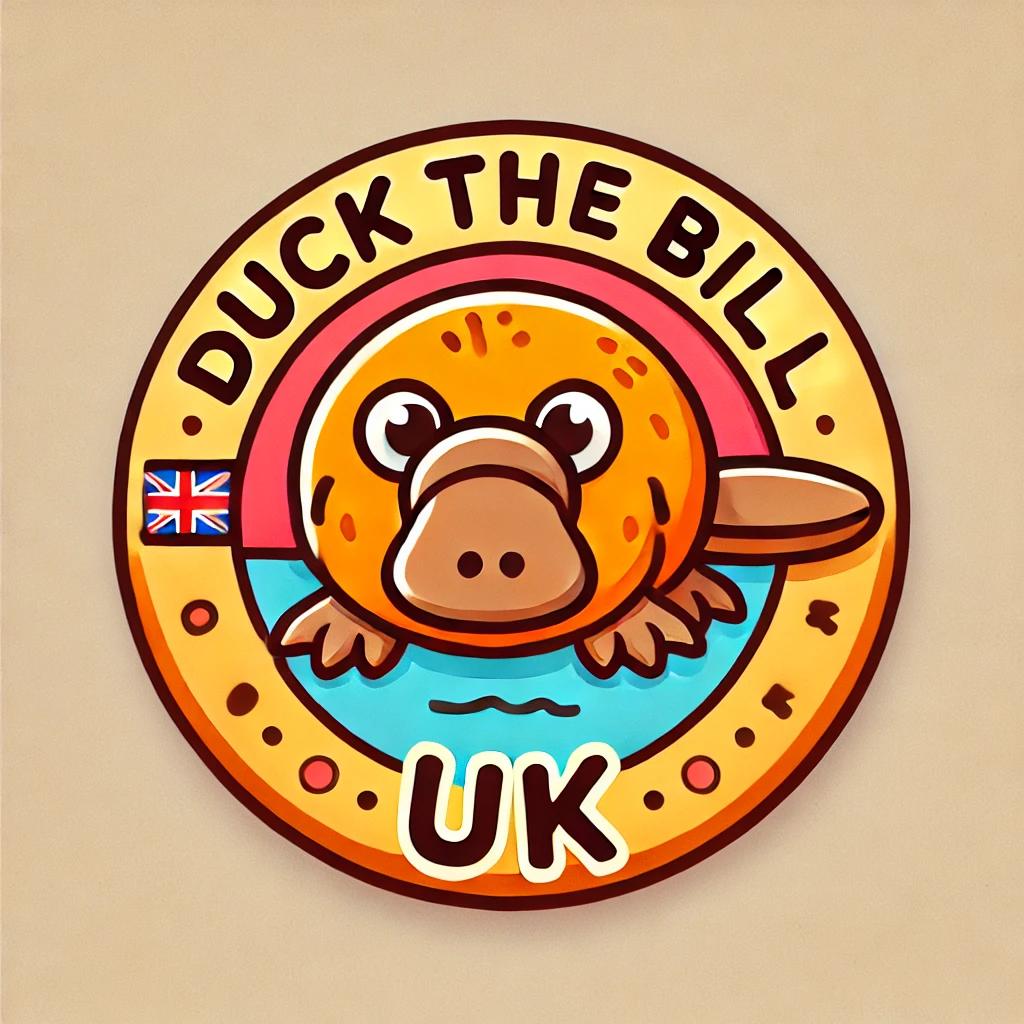
Put together a consistent advertising strategy
Once your analytics is set up, it’s time to run some ads, my charitable friend. You might be new to using Meta, or you might have been running always-on campaigns since 2020. Either way, there’s a lot of room for you to improve your ads’ impact through effectively pacing your campaign budgets.
The main way to do this is to run your ads regularly across the year. Each ad feeds valuable targeting data on your audience back to “season” your Meta Pixel; this digital condiment increases the quality of your future audiences, allowing you to use Lookalike and Retargeting audiences to more easily find engaged supporters via common demographics and interests. Due to the UK-GDPR, this data can only be held for so long, so run ads regularly to keep the data soup fresh!
After completing his training, Jonah spots a few opportunities that Duck the Bill could exploit in the advertising market: there are no other medium size charities delivering upper and middle funnel ads on Meta around mammals with webbed feet. To get ahead, he writes a strategy budgeting for Meta Ads in each quarter for the upcoming financial year.
Use the whole funnel
You’ve probably heard of the advertising funnel – and if you haven’t, here’s a refresher! – but it’s not just relevant to for-profit businesses. Charities who address all the relevant elements of the advertising funnel can find stronger results in acquisition campaigns and raise more money overall.
So how do you apply this on Meta? Consider your campaign types and overall marketing strategy.
You might have just dipped your toe into the paid social advertising pool with a cash ask or two (like this emergency cash appeal we ran for Concern Worldwide UK) – a great start!
Adding mid-funnel ads can help you build value through email list growth, raising organic followers, and provide a strong basis for lookalike and retargeting audiences for your conversion campaigns. Check out this example of a middle of funnel lead generation campaign for Mental Health Foundation’s 80 Miles in May challenge.
And adding awareness-raising upper-funnel ads will raise your profile amongst your target demographic, which enables growth in likes and website visitors from interested potential service users and supporters, as well as (often) increasing the ROAS from your lower-funnel activities through increased brand trust.
Jonah knows that any work on the upper part of the funnel to increase awareness of the native British Platypus will help his fledgling digital fundraising strategy. So he works with his colleague Sameera, Duck the Bill’s Brand Manager, to plan a series of awareness ads timed along with the National Platypus Month. He then plans to follow this up with a lead-generation campaign to grow his individual giving email list.
Know your tools to find your audience
Speaking of target audiences, audience choice and setup is crucial to a successful paid social strategy. It’s also an area where there are a lot of low-hanging fruit to pluck.
Perhaps you could put a testing strategy in place for your demographic or interest-based audiences to find some stronger cold groups. Perhaps you haven’t used custom audiences in your conversion campaigns yet to retarget those near completion, or to exclude those who have already completed.
Or perhaps your privacy policy doesn’t allow direct retargeting, but you could use lookalikes to find those demographically similar to your audience lists, followers, and leads.
There’s a lot out there – so take the time to learn about it through Meta’s free training, and you’ll be building success in no time.
Sameera mentions that as part of her brand research, she’s found a strong affinity between current supporters of Duck the Bill and individuals with a passion for gardening – and she’s already working with their organic social team to build the hashtag #Spades4Bills. Jonah sees the opportunity, using the Audience Builder to set up a warm audience based on page engagers, followers, and website visitors, as well as creating a cold saved audience using a list of gardening products and brands.
Get creative insights while delivering your ads
Creative content is the most visible (or audible) part of any paid advertising strategy, and decides what your audience do next – scroll on by, or take action.
If you’re currently only scratching the surface of the creative options in Meta, you could start by creating bespoke content for your ads or running A/B tests with multiple copy variants. These can both reap rewards through lower CPAs and more learnings.
You could also try changing up the ad formats. Dynamic creative ads are a great place to start – you add up to ten visuals and five copy variants, and Meta spends more on the most effective options, which can give you instant insights on which messaging is performing well.
Keen to find out which visuals his audience responds to, Jonah uses a dynamic creative setup for his lead generation ads, using a variety of bespoke graphics, alongside some existing social videos of platypuses frolicking in Birmingham’s canals. He also sets up a test between two calls to action and three copy variants, each focussing on a different aspect of platypus conservation.
Remember the bigger advertising picture
Digitally engaged charities often see paid Meta advertising as one part of a much larger digital marketing mosaic, including elements like SEO, Google Ads grants, and email list marketing.
But mosaics need all the little pieces to make sense, so if you take these steps to get Meta right, you’ll be one piece closer to a perfect picture of fundraising success.
*Duck the Bill UK are a fictional charity for illustrative purposes only. We generated the logo using ChatGPT. There are no wild platypuses in the UK, only in zoos and working for digital marketing agencies.
